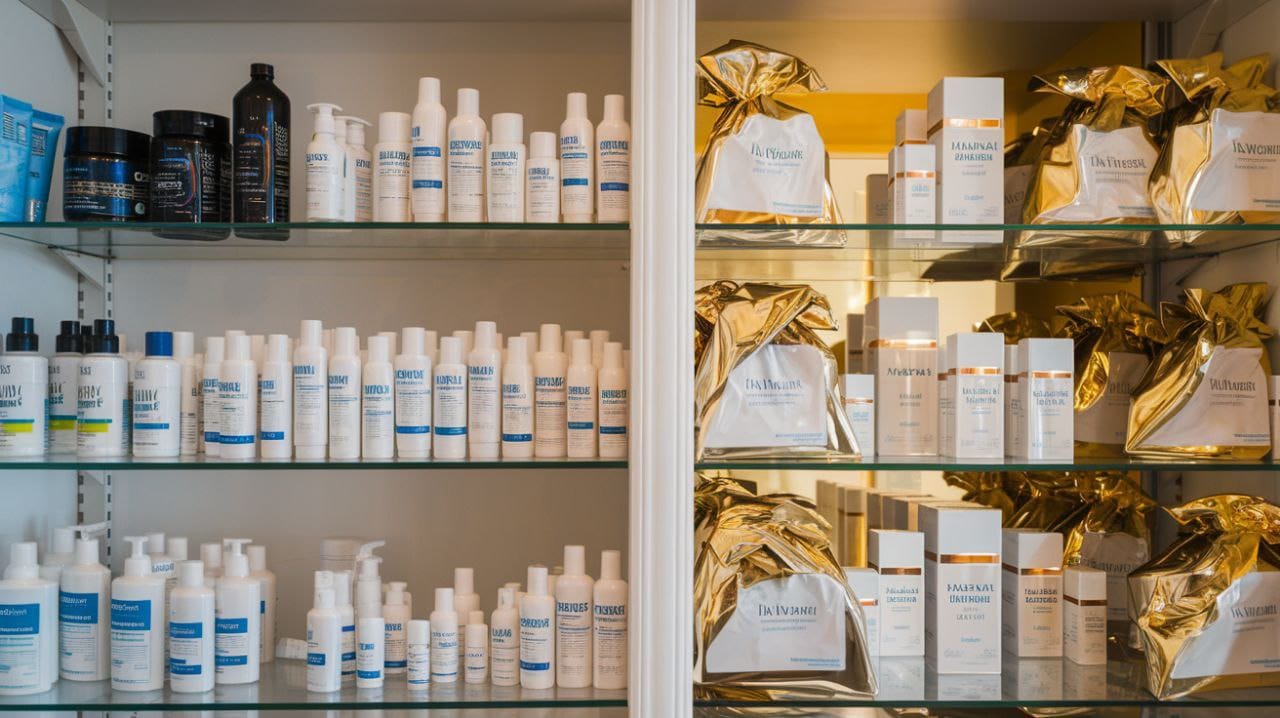When it comes to treating fungal toenail infections, the options can feel overwhelming—especially when you’re trying to decide between cheaper and more expensive treatments. The truth is, the price difference often reflects key factors like the quality of ingredients, how the treatment works, and even the convenience it offers. Let’s break it down in a way that feels relatable and easy to understand, so you can make the best choice for your needs.

Active Ingredients: The Heart of the Treatment
- Budget-Friendly Options: These usually rely on older, tried-and-true antifungal ingredients like clotrimazole or miconazole. They get the job done, but it might take longer—think months of consistent use—to see real improvement.
- Premium Options: These often feature newer, more advanced ingredients like terbinafine or efinaconazole. These are designed to work faster and more effectively, targeting the infection deep within the nail. If you’re looking for quicker results, this might be worth the investment

How the Treatment Works: Formulation Matters
- Budget-Friendly Options: Typically come as creams, ointments, or powders. They’re easy to apply but might not penetrate the nail as deeply, which can mean a longer road to recovery.
- Premium Options: These often come in specialized forms like nail lacquers or gels that are designed to seep into the nail plate mor effectively. Some even include extra ingredients to strengthen your nails or keep them hydrated while treating the infection.
How long does it take to see results?
- Budget-Friendly Options: Patience is key here. These treatments can take several months to show noticeable improvement, and there’s a chance the infection might not fully clear up.
- Premium Options: These tend to work faster, with some users seeing improvement in just a few weeks. They also often have higher success rates, meaning you’re less likely to deal with the infection coming back.

Brand Trust and Science Behind It
- Budget-Friendly Options: These are often made by generic brands. While they’re effective, they might not have the same level of research or testing behind them as more expensive options.
- Premium Options: These are usually backed by extensive clinical trials and come from well-known brands. This can give you extra peace of mind knowing the product has been thoroughly tested for safety and effectiveness.
Extra Perks: Beyond Just Treating the Infection
- Budget-Friendly Options: These focus primarily on fighting the fungus, which is great if that’s all you need.
- Premium Options: Many of these go the extra mile by including ingredients that strengthen your nails, prevent brittleness, or even promote healthy nail growth. It’s like a two-in-one treatment

Convenience: How Easy Is It to Use?
Budget-Friendly Options: These often require more frequent application—sometimes twice a day—which can be a hassle if you’re busy.
Premium Options: These are designed with convenience in mind. Many only need to be applied once a day or even once a week, making them a better fit for your lifestyle.
Side Effects: What to Watch Out For
- Budget-Friendly Options:Generally safe, but some people might experience mild skin irritation or other minor side effects.
- Premium Options:Thanks to more advanced formulations, these tend to have fewer side effects, making them a gentler option for sensitive skin.

The Bottom Line:
Effectiveness: Premium treatments often work faster and more thoroughly, thanks to better ingredients and delivery methods.
Time to See Results: If you’re in a hurry, pricier options might be worth it. Budget-friendly choices can take longer but are still effective with consistent use.
Convenience: Expensive treatments are usually easier to stick to, with less frequent application.
Cost Over Time: While cheaper options save you money upfront, the longer treatment time and potential for recurrence might make pricier treatments a better long-term investment


